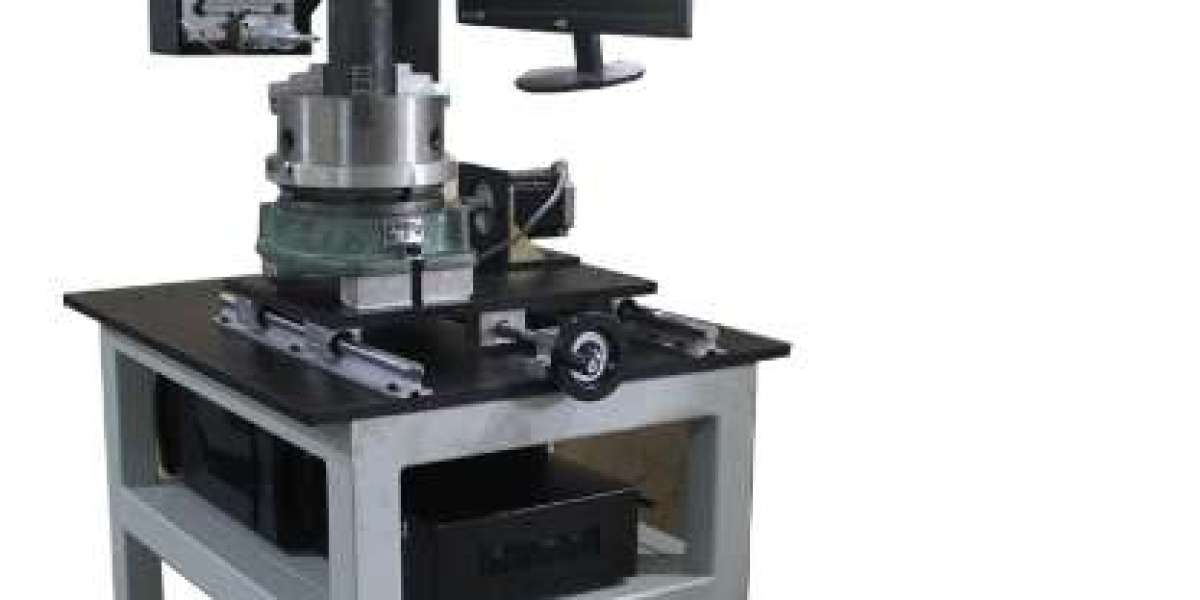The Mechanics of Dot Peen Engraving
The mechanics behind dot peen engraving are relatively simple:
Pin Assembly: A dot peen engraving machine typically utilizes a pin assembly, which consists of a number of hardened pins or needles arranged in a specific pattern.
Electromagnetic Coil: The pin assembly is mounted on a movable carriage that is controlled by an electromagnetic coil.
Marking Process: When an electric current is applied to the electromagnetic coil, it creates a magnetic field that causes the carriage to move, forcing the pins into contact with the material being marked.
Dot Formation: As the pins strike the material, they create small indentations or dots that form the desired marking. The depth and spacing of the dots can be controlled by adjusting the pressure applied by the pins.
Advantages of Dot Peen Engraving
Dot peen engraving offers several advantages over other marking methods, including:
Durability: Dot peen markings are highly durable and resistant to abrasion, corrosion, and fading.
Versatility: This method can be used to mark a wide range of materials, including metals, plastics, and ceramics.
Flexibility: Dot peen engraving can be used to create a variety of markings, including text, barcodes, logos, and serial numbers.
Speed: This method can be relatively fast, especially for simple markings.
Portability: Dot peen engraving machines are often portable, making them suitable for field applications.
Applications of Dot Peen Engraving
Dot peen engraving is used in a variety of industries, including:
Manufacturing: For marking product identification numbers, part numbers, and other essential information.
Automotive: For marking VIN numbers, engine numbers, and other vehicle identification information.
Aerospace: For marking component identification numbers and other critical information.
Medical Devices: For marking serial numbers, lot numbers, and other regulatory information.
Asset Tracking: For marking equipment, tools, and other assets to facilitate tracking and inventory management.
In conclusion, dot peen engraving is a versatile and reliable marking method that is widely used in various industries. Understanding the mechanics behind this process can help you appreciate its capabilities and potential applications.








